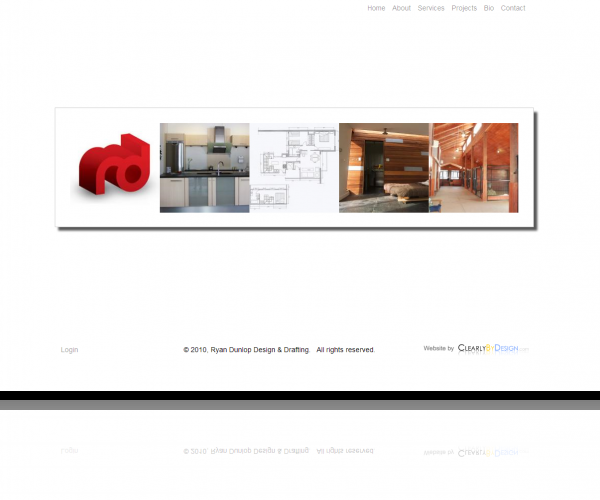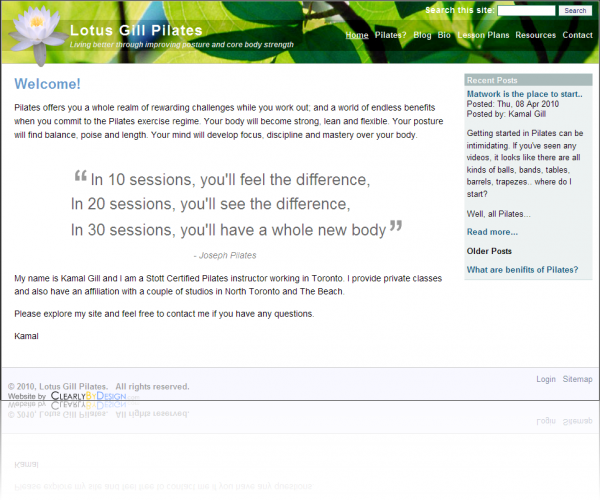Posted Tue, 18 May 2010, 9:19pm by Shawn D. Sheridan
Following on from my last post, Search Engine Optimisation – What, Why, How, and How Not, I want to cover some good things you can do to improve your website’s rankings in the 'organic' as opposed to 'sponsored' sections. Results in sponsored sections are there because the link owner paid for the link to appear there. Google AdWords is an example of this. The organic section lists search results that are indexed by the search engines as they crawl the web in the order that the search engines feel best match the search words submitted, and the owners of those links do not pay for them to appear.
The following points intentionally use “may” instead of “will”, because the search engines such as Google and Bing play their cards close to their chests when they talk about how they index pages. Why? Because they know that there are unscrupulous web masters and marketers out there that would love to know exactly how the algorithms work, so they can game them. Nonetheless, the following will help in your Search Engine Optimisation optimization (SEO), and the first item below is a must.
- Number one on the list is unequivocally content. Content is king! Websites that are higher up on the list have relevant, quality content that is constantly being added. Just like any good marketing material, your content should contain key phrases and words that describe your product, and for which a prospective customer is likely to search.
So how do you get content? It’s not as hard as you may think. Press releases should always be posted on your website. You may not even send them out to the press, but putting up articles about what is going on at your organisation is not just good public relations, but a great way to add content. Think about publishing some white papers authored by your company’s staff, which has the added benefit of showing off your expertise. And blogging isn’t just for kids anymore! It’s a great way to add fresh content to your site. Blog posts don’t have to be long. And if you’re curious as to where you might get inspiration for your blog posts, just look to your industry literature and news, and provide commentary on what you read. Also, consider opening up your website to comments. You can either have registered users that you invite to comment on your site, such as your customers, or even the general public (although in the case of wide-open commenting, you will have to manage spam). You can comment on this post here, in fact.
We manage spam through moderation of comments (no comment is published before it is reviewed), as well as automated spam screening, and the use of Captcha (a type of challenge-response test used to ensure that the response is from a live human being, and not generated by a computer) on the comment submission form. - Leverage appropriate meta tags in the headers of pages. Even though search engines primarily focus on the content of each page, they still do take some note of the meta tags. These include key words, description, abstract, and title for the page.
Leveraging a content management system such as Drupal for your site means that a great deal of the meta tag management can be done for you automatically, or eased through the content management system’s interface. For example, you could automatically generate a description from the first part of the post. However, it might be better to actually create it as a separate piece of text, in case the first part of the post doesn’t really serve well as a description. There is a trade-off, of course — less automation does mean more precision over the content of the meta tags, but also more human work. - Submit sitemaps to the search engines. Google, Bing, Yahoo, and others accept XML sitemaps. That means you can inform them of when you have new content, instead of waiting for them to crawl your site. Again, using a content management system generally means you can automate this process.
- Look for legitimate ways to have your site referenced by other sites. Legitimate link-backs can help to improve the rank of your site by indicating its relevance to other sites. Use cross-linking within your site as appropriate and natural, to provide more links to important pages (such as to our home page as I've done here), which may help to increase its rank in certain searches. You can leverage social networking here as well.
- Make sure your HTML is clean. Search engines tend to be adverse to websites which do not follow good HTML standards. To validate your site, check out http://validator.w3.org . Also, make sure you don't have any broken links. check out http://validator.w3.org/checklink .
At CLEARLYBYDESIGN, we can help you with all this and much more. We include features such as these in the websites we build for our clients (see Our Services for more information).
My next post will be about what not to do. This is as if not more important that what to do, as doing the "don't" things can get you blacklisted.
Read Search Engine Optimisation – What NOT to Do.
- Shawn D. Sheridan's blog
- Login to post comments
-










